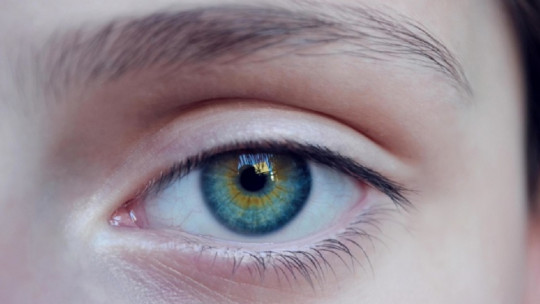As a consequence of technological advances, social networks and the presence of cameras in practically all mobile phones, selfies are hotly topical.
Selfies and mental disorder
Both famous and anonymous people enjoy immortalizing “that moment” in different situations in their daily lives. The selfie fever has led researchers at Sony Brook University in New York to conclude that the excessive use of this fashion can cause a predisposition to develop an anxiety disorder and depression in adolescents especially in women, who tend to compare their realities with those they see in this “ideal” world of social networks.
Many experts warn us of the association between narcissism or low self-esteem and the obsession with taking these types of photographs.
The selfie phenomenon can be a sign of Body Dysmorphic Disorder
Dr David Veale, psychiatrist at Maudsley Hospital in London, comments in a recent article published in the Sunday Mirror: “Two out of three patients who come to my surgery with Body Dysmorphic Disorder have an obsession with selfies.”
According to Veale,
“Taking selfies is not an addiction, it is a symptom of Body Dysmorphic Disorder which involves constantly being aware of your appearance. Selfie fans can spend hours taking snapshots to avoid showing any visible flaws.”
Selfies in the image society
In this same line, psychologist Jonathan García-Allen a specialist in cognitive-behavioral therapy in adolescents, has told Psychology and Mind:
“Selfies are a consequence of the culture and socioeconomic system in which we live. We have been educated to consume aesthetics, leisure and spectacle because they are axial elements of a society that tends to alienate people and standardize certain criteria about beauty and fun. Undoubtedly, the interest of these alienation-consumption dynamics constitutes a very profitable business.”
About the psychological disorders associated with image culture and consumption, García-Allen points out that:
“It is not surprising that the values of people in the West are influenced by the media and the marketing of large companies in these sectors. This culture leads to a series of disorders if people are not educated so that they can prevent this way of thinking. The pathologies associated with new technologies will increase to the extent that they tend to detract from the genuine identity of the subject to expose it to a false showcase of social acceptance, whose greatest exponent is social networks.”
Therefore, García-Allen concludes, “The main problem is not the new technologies, but the pathological use of them “.









